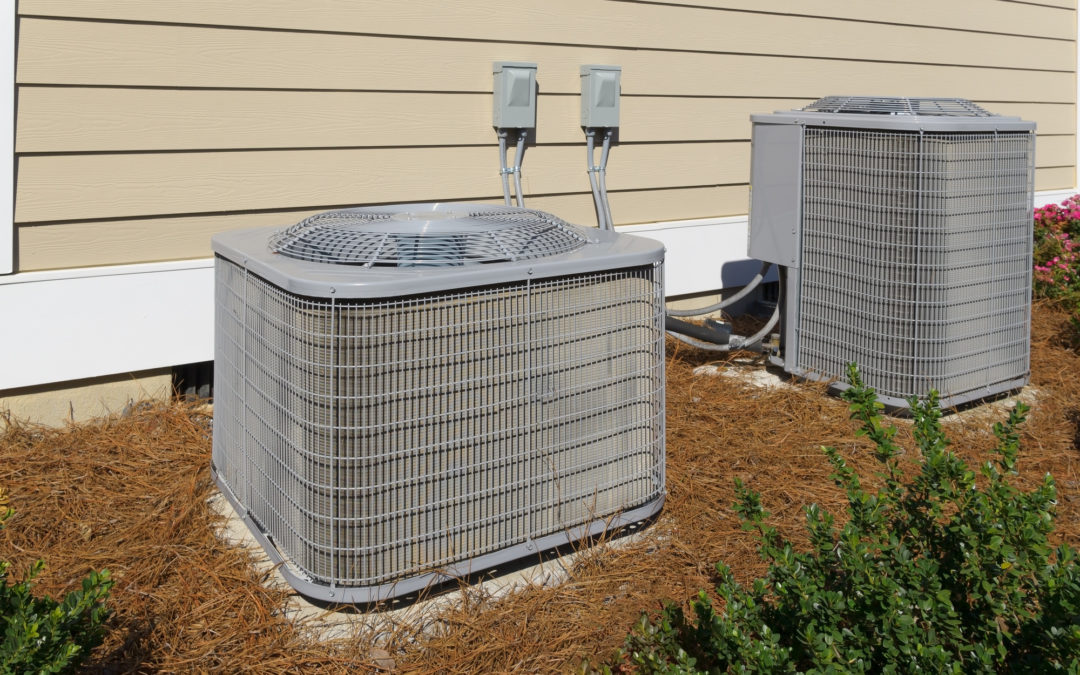With the $22 billion that Americans spend every year on heating and cooling of their homes, a massive portion is spent on inefficient systems. Overheating systems, outdated devices, and HVAC air flow problems must be taken seriously if you want to save money on heating and cool. If you’re constantly dancing with your thermostat, trying to find the right setting for heating and cooling, you need to investigate some common air flow issues.
Here are five issues that impact airflow and the quality of heating and cooling you get from your system.
1. Beware of Blocked Vents
The vents and registers of your HVAC system ensure that there’s plenty of airflow in and out as needed. If vents and registers get blocked or aren’t fully opened, many homeowners perceive that their system is ailing. This is a great opportunity for most homeowners to learn about air flow in their system and how their vents work.
Keep furniture and large objects in your home out of the way in order to keep from obstructing your vents. This is just as common in homes as it is in offices.
If you run a small business or an office building a residential building, be sure you don’t put large filing cabinets and desks in the way of your air vents.
In your home, air gets sucked in, filtered, and spit back out. Depending on the type of system you have, your seemingly faulty HVAC system is due to poor airflow, all because of where a chair, desk, or cabinet is placed.
2. Change Your Filters Often
Air filters need to be changed frequently in most home HVAC systems. For anyone with an air conditioner, there’s either a removable filter or a disposable one that needs to be changed frequently.
Your filter keeps you from inhaling dirty air, dust, debris, and even insects from outside your home. Because your air conditioner sucks air in from the outside, it’s picking up everything that you wouldn’t want to breathe in. The filter is what stops you from dealing with this dirty air.
If your filter gets clogged, it’ll be overloaded with dust destined to either find its way into your home’s air or block your air flow. This leads to having hot and cold spots scattered all throughout your home.
Clogged filters also lead to stuffy air. For people with breathing problems, air filers serve a critical function. That dust can be just as damaging for your lungs as it is on the parts of your air conditioner.
3. Give Your Condenser Some Space
When you have an HVAC system, there’s often a condenser unit to worry about. Those units become obstructed as we build around our homes, store things in basements, or need extra space.
If your air conditioning unit relies on cooled air, it uses a condensing unit. Those units are usually in a mechanical room or set up outside of your home. Outdoor units are subject to obstruction because of leaves, debris, dust, or even animal nests built up around them.
In mechanical rooms or basements, systems are protected from outdoor debris and animal messes. However, if they’re not kept open with enough air around them, obstructed by other equipment, or covered by storage, they’ll fail to get enough air. Without enough air, your system works harder and struggles, leading it to overheat and need service more often.
Opening up the space around your condenser ensures ideal functioning and fewer repairs. Keep your condenser clear from debris, storage, and other equipment.
4. Faulty Thermostats Cause Problems
Have you noticed that your thermostat never seems to give you the temperature that you turn it to? It’s just as likely that your thermostat is impacted by the work that your system has to do as it is that the thermostat is broken.
Some thermostats become misaligned or elements inside it get bent. Older dial thermostats function on a small thermometer and a piece of bent metal inside of them. If they’re disturbed, you’ll see problems.
Be careful to point blowers and vents away from your thermostat. If cool air is being blown on the thermostat as you attempt to cool down your home, the thermostat gets thrown off. Your thermostat’s view of when your home is cool is unbalanced by having cool air blown directly on top of it.
5. Keep Your Coils Clean
With a condenser, heat is removed from the space via the components in the unit. If a coil becomes clogged and dirty, those coils will retain heat rather than release it.
For homes with a unit exposed to the elements outside, your coil is living with all of the dirt and debris nearby. If you live in a city, nearby construction and pollution land on, near, or inside your coils. Without proper cleaning, your unit holds onto that dust and debris.
The coil, which needs to be free of dust to get rid of heat, will act as if a blanket is thrown over it, holding in heat.
This also results in airflow problems. Condenser coils weighted down by dust and debris move slower and blow air out less efficiently than clean coils. Have your coils cleaned at least once a year, if not twice.
Cleaning out your coils is more important depending on environmental issues, so use your best judgment or contact a specialist for advice.
HVAC Air Flow Problems Are Fixable
Most of these common HVAC air flow problems are within your grasp, able to be fixed with a little bit of work by homeowners. With some planning and a little bit of detective work, you’ll keep your system running efficiently, saving money on fuel and repairs.
To keep your furnace clean during winter months, check out our guide.

